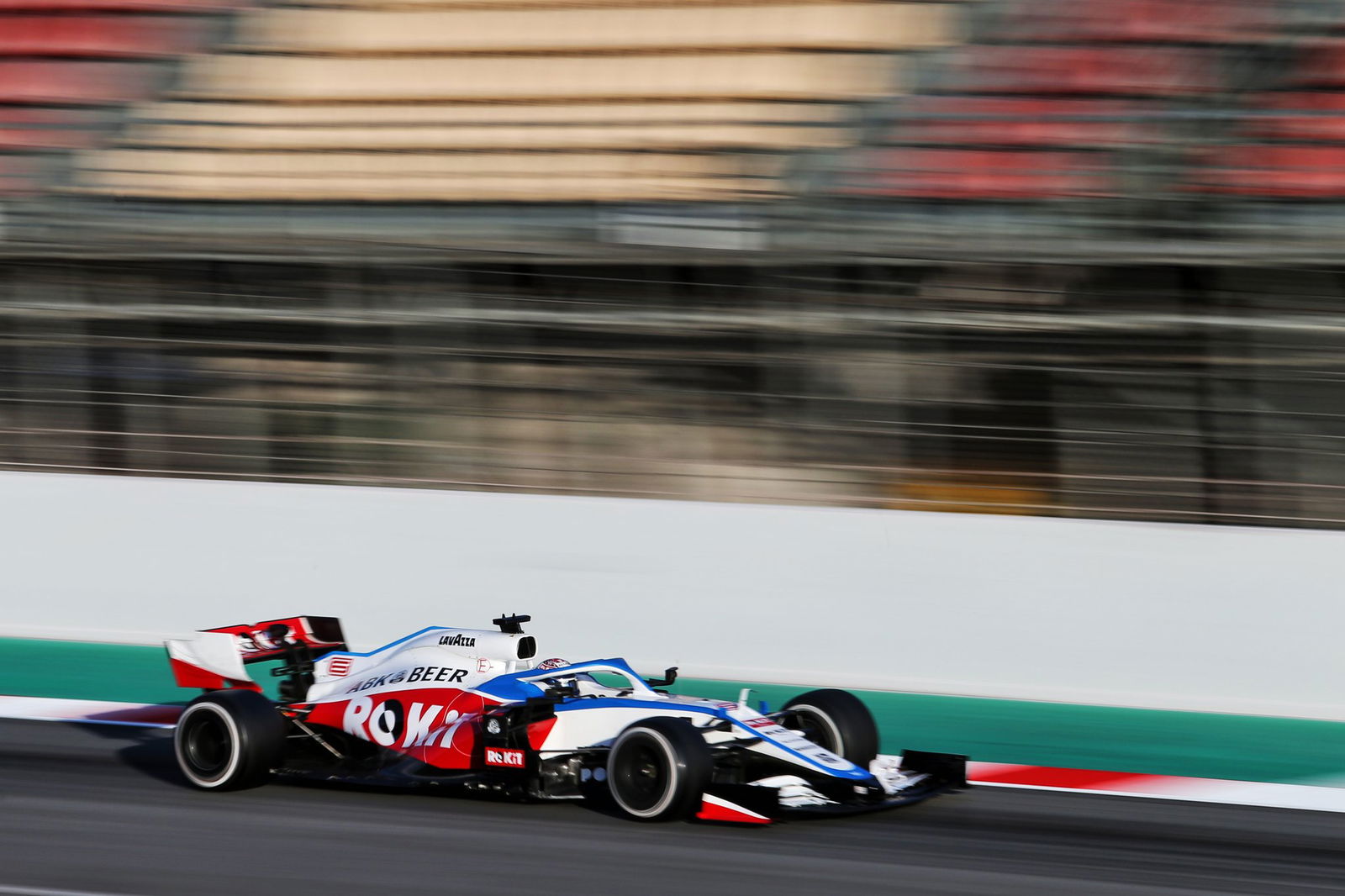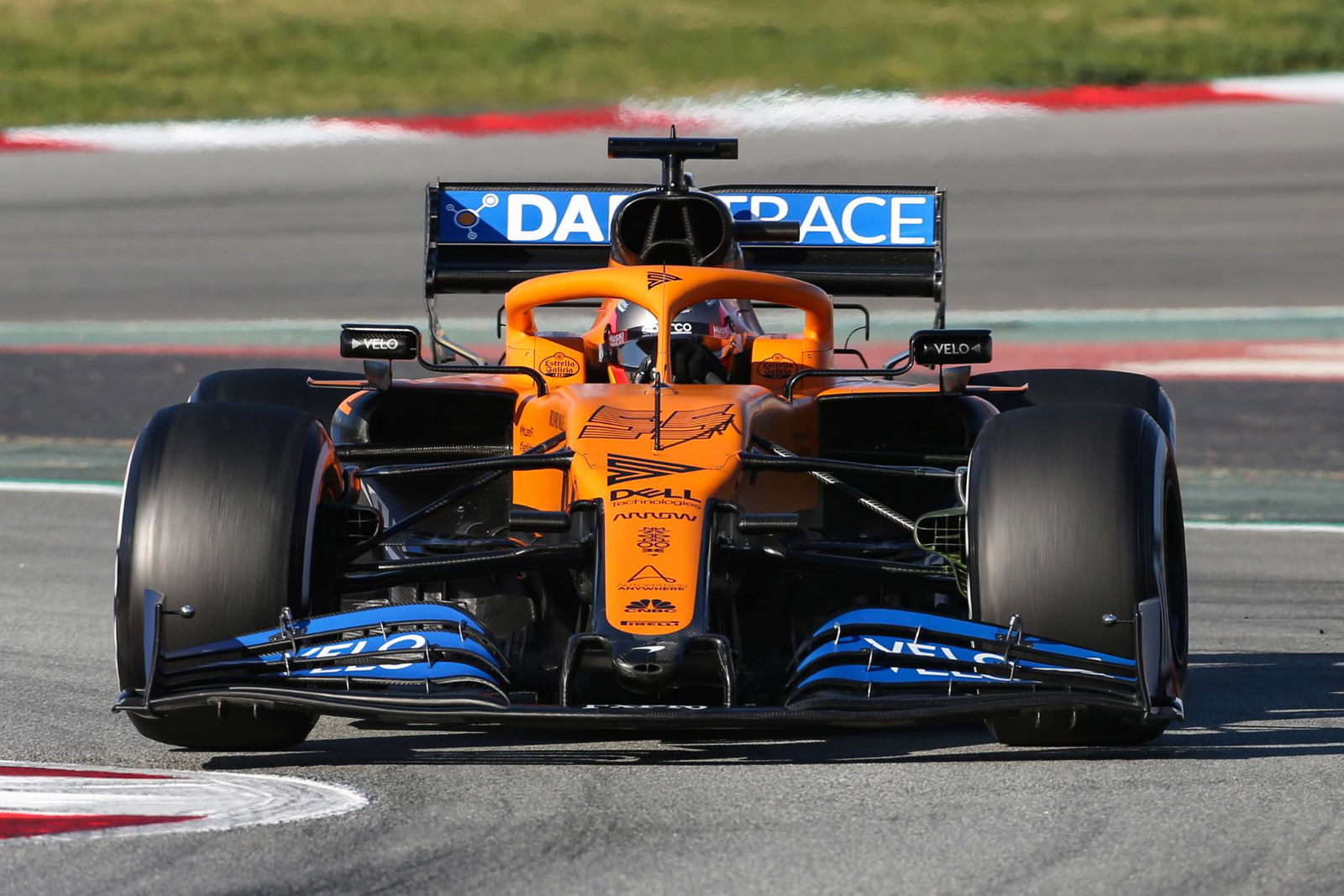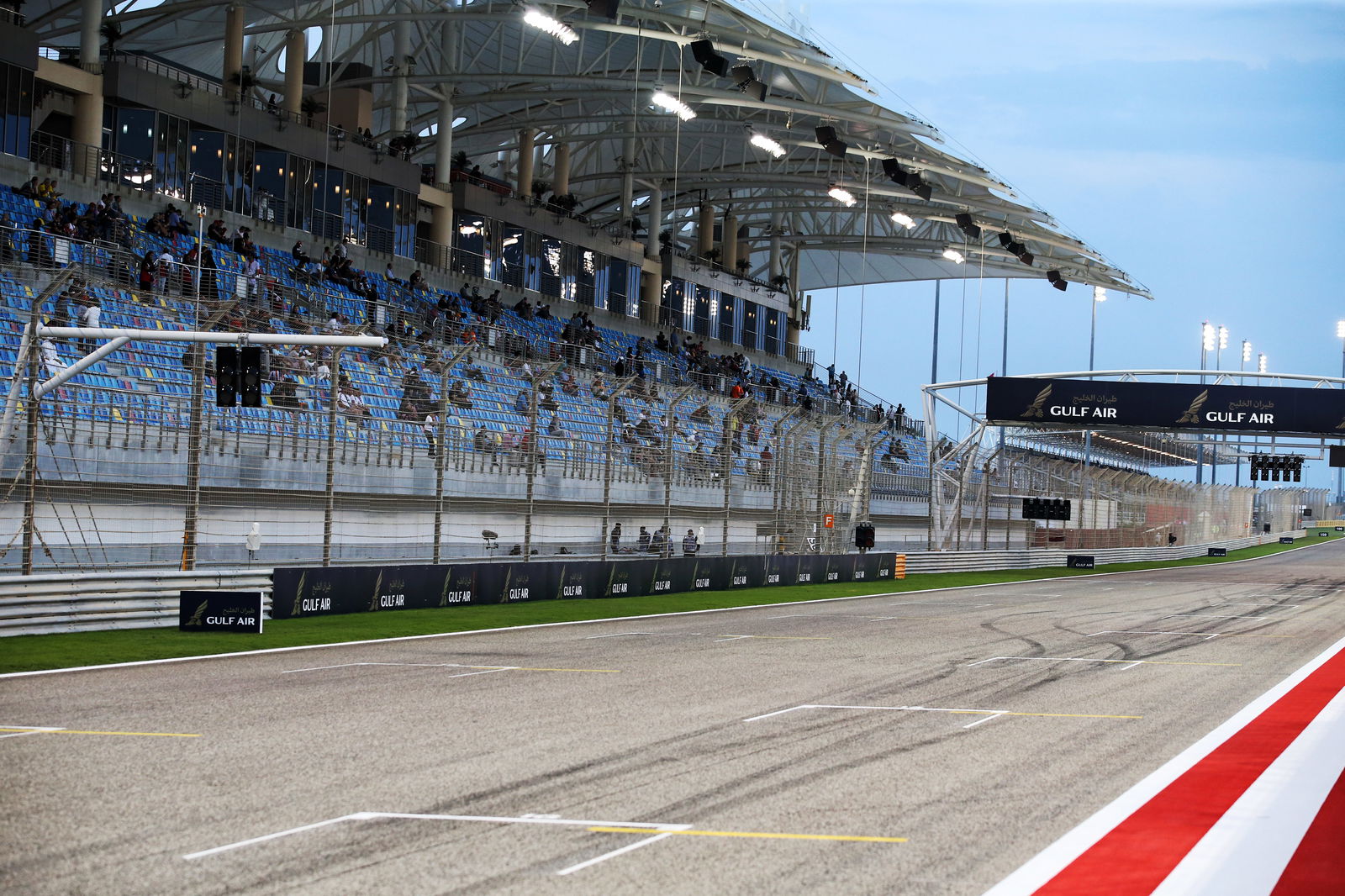How Williams is getting back up from hitting “rock bottom”
One of the happiest teams leaving Barcelona at the end of Formula 1 pre-season testing will undoubtedly be Williams.
Off the back of enduring its worst season in F1, having scored just one point in 21 races and finishing last in the constructors’ championship, Williams enjoyed an encouraging and largely trouble-free winter.

One of the happiest teams leaving Barcelona at the end of Formula 1 pre-season testing will undoubtedly be Williams.
Off the back of enduring its worst season in F1, having scored just one point in 21 races and finishing last in the constructors’ championship, Williams enjoyed an encouraging and largely trouble-free winter.
It marked a stark contrast from 12 months before, when Williams was forced to skip the opening two-and-a-half days of running due to a delayed car build. When it did finally hit the track, the FW42 was woefully uncompetitive, prompting a thorough investigation of the entire operations of the team.
A flurry of departures followed - the most notable being technical director Paddy Lowe - amid a turbulent year as a plan was put in place to learn from the mistakes made in 2019 and begin a recovery bid.
Williams moved to bolster its technical team ahead of 2020 with the signing of David Worner as chief designer from Red Bull and arrival of Jonathan Carter as deputy chief designer and head of design from Renault, both of whom added to senior technical team members led by Doug McKiernan.
But as deputy team principal Claire Williams explained, a reshuffle within the technical department was just one of a raft of changes made to avoid a repeat of its disastrous 2019 campaign.
“I think from the back of testing last year when we hit rock bottom we took a full after action review,” Williams said during pre-season testing at Barcelona.
“Not just of car build but from the whole process of designing a race car, aero and taking it through to the design office and then build and manufacture of that car, and we have left no stone unturned to investigate how every step of that process works and made necessary changes where we needed to.
“There’s some headline areas that we focused on, so putting a very comprehensive planning function in place, we have a planning team eight strong that each individual I’d focused on to make sure they see a design through and aero right through to the end of the process.
“And a planning function is not something we’ve had certainly in that guise for a number of years at Williams and that was one of the major reasons we fell down in 2019 not even getting a car to testing.
“We’ve made considerable changes to our operations function as well, so from bringing in new senior people with a wealth of experience to augment the talent that we already have in that area, but also looking at the capacity we have in operations as well.”
So far at least, those changes seemed to have paid off. Williams hit the ground running by turning in the first miles with its FW43 2020 challenger by conducting a filming day prior to the start of pre-season testing.
Things looked even more promising come testing, with the British squad logging nearly 200 laps more than it managed across the entirety of last year’s eight days of running despite a shortened testing schedule with two fewer days this time around.
There were some bumps along the way but this time these were not all of Williams’ own doing, as it went through three power units in six days after hitting reliability issues relating to Mercedes’ power unit. A sign of Williams’ new-found confidence on the eve of a new season was highlighted by the fact it was critical of its engine supplier for the “frustrating” problems.
But Williams stressed that despite an improved showing, her team still has a long way to go before it can be truly content with its recovery effort, adding the business is now “unrecognisable” from where it was prior to 2018.

“We are still on our journey to recovery and still putting bricks in the wall in order to achieve that,” she explained.
“Certainly for everyone behind the scenes we’ve undergone huge transformation and change and what we would like to see now is the rewards of that change.
“The business really is unrecognisable from where we were, whether that be structures, processes, policies, in how we go about building a race car is very different to how it was in 2018 and prior to that.
“So to continue learning is obviously a key objective, we’re still going to be learning, in order to make continual improvement.
“I’m so pleased to see the changes we have made are being embraced by everyone in the team, but we’ve still got a long way to go to see Williams to where we want to see it.”
While lap times from testing must be treated with a pinch of salt due to varying track conditions, tyres and unknown fuel loads teams are running, Williams’ headline time from 2020 was still eye-catching.
George Russell’s 1m16.871s - set on the sixth and final day of testing was over two seconds faster than the best it managed in the 2019 tests at the Circuit de Barcelona-Catalunya, as well as his own qualifying lap for last year’s Spanish Grand Prix.
That is no guarantee that Williams is set for a sharp rise up the pecking order given the similar improvements made by all teams following a winter of evolution with largely stable regulations, but it certainly showed that the fruits of the team’s labour are beginning to pay off, something which left a smile on the face of its deputy team principal.
“I’m feeling a lot happier - probably inevitably - that’s not going to come as a surprise to anyone,” Williams added.
“Things at Williams have definitely taken steps forward but that’s been off the back of a lot of hard work that everybody in the team has done over the last 12 months to ensure that’s been the case.
“But we know we’ve still got a lot of hard work to do if we are to achieve our ultimate goals and that’s to get Williams back to where we want to see it and that’s podiums and races, but that in reality is a way off. This year the target is to make clear progress.”
Although Williams is refusing to get carried away with any specific targets for the upcoming season, the team appears to be slowly but surely building its way back up after a damaging fall from grace.
2020 will represent the next stage of its rebuilding project, before focus switches to the major regulation overhaul coming into effect from next season.
Williams, like all 10 teams, faces the dilemma of balancing development for its latest F1 car alongside its brand-new 2021 machine, though it is perhaps one of the best-placed to shift focus early if the opening rounds of 2020 do not live up to expectations.
But Williams will be hoping to use the opportunity of new sporting, technical and financial rules - including the introduction of a cost cap - to haul itself back into a competitive position within the midfield pack, or perhaps even higher.
Arguably the challenge that lies ahead for 2021 is far greater than this year, but one thing is for sure, when Williams arrives in Melbourne for the season-opener on March 15, it will be in much better shape than it was last time around.



